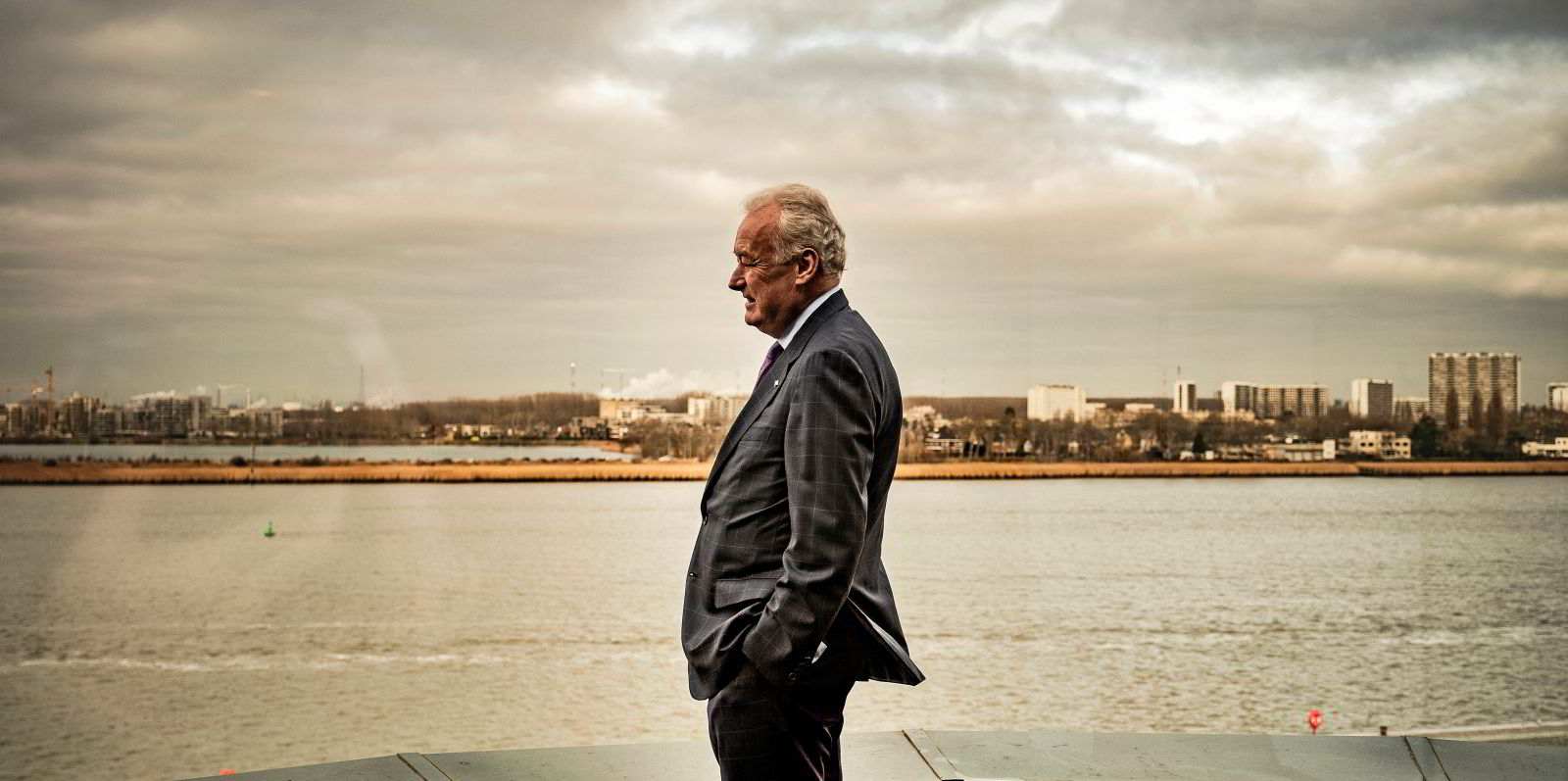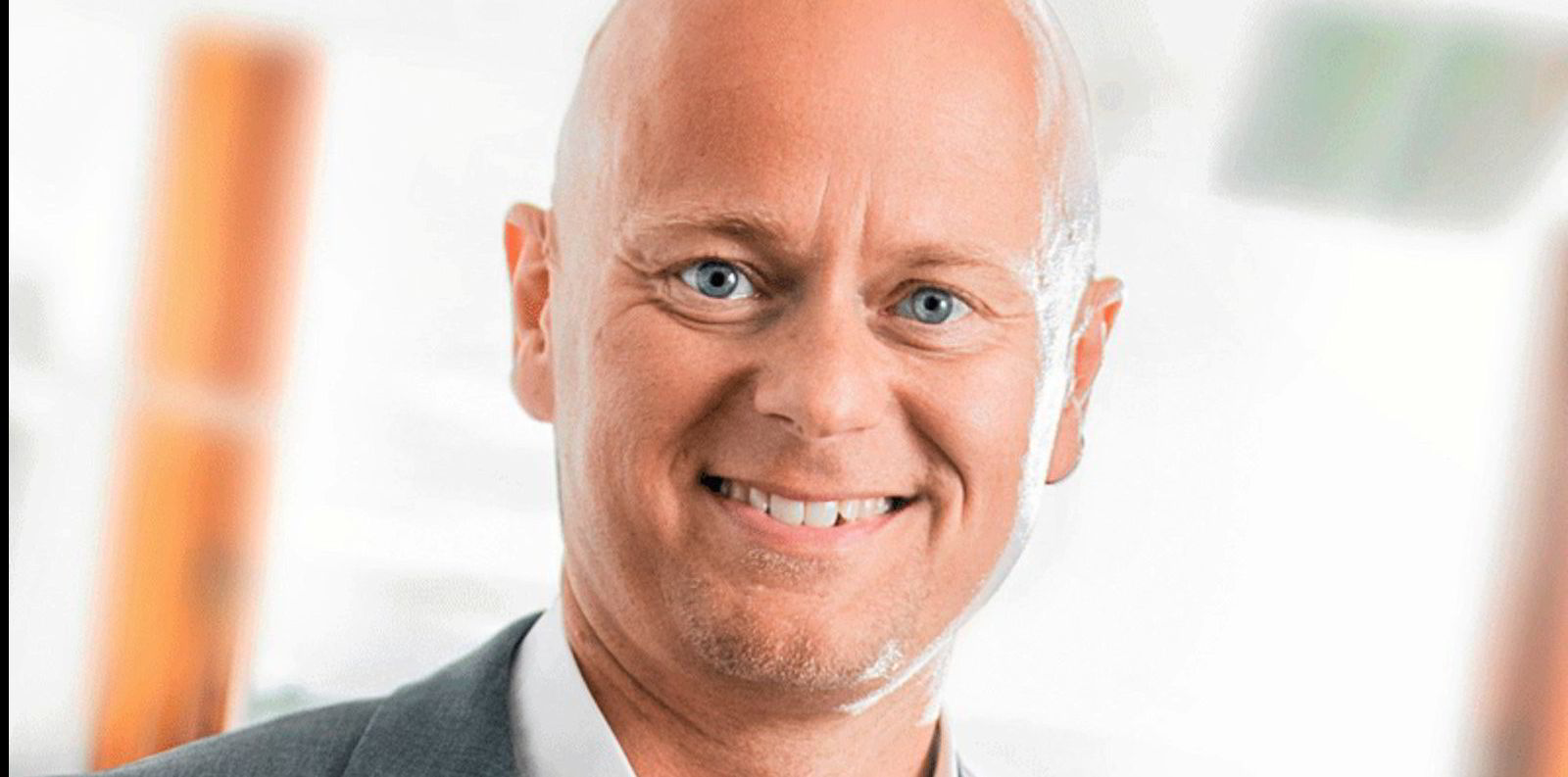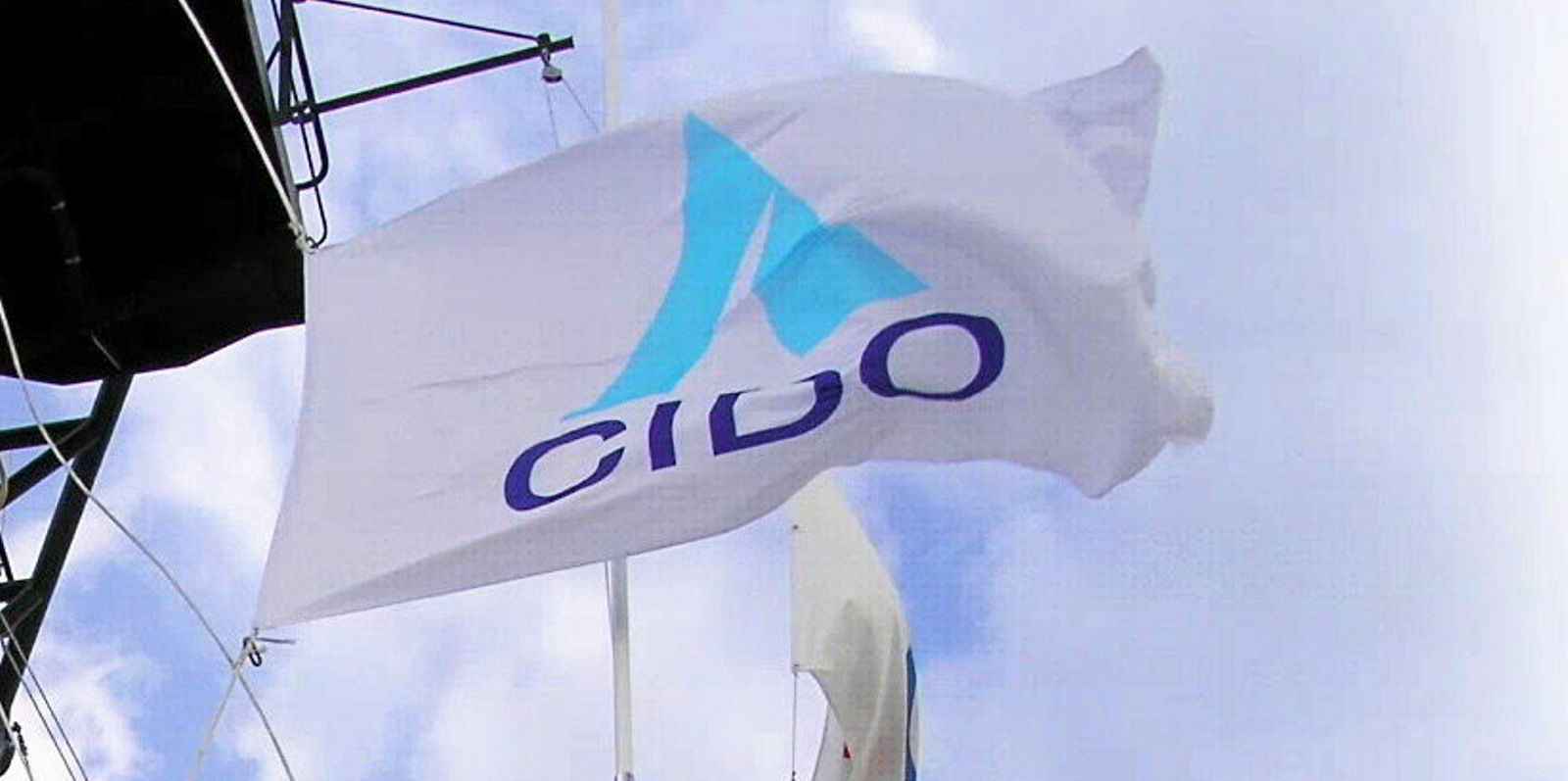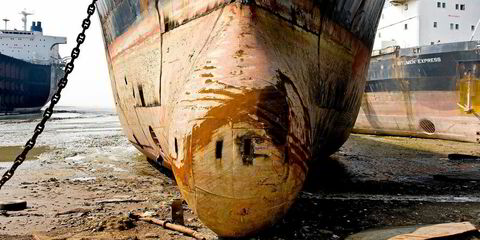Belgian shipowner Exmar is unconcerned at the imminent rapid expansion of the VLGC fleet currently worrying many industry players.
The company said in its annual report that 2021 had been a volatile year, with VLGC freight markets experiencing both extreme highs and lows.
On the vessel supply side, 21 new ships were delivered in 2021, which brings the total existing fleet to 339 units. Another 78 are expected by 2024.
The vast majority of these newbuildings are LPG-fuelled and ready to conform to the new IMO emissions regulations entering into force in 2023, Exmar said.
“This fleet growth is required to support current global economic growth in Asia. With 13 propane dehydrogenation (PDH) plants expected to come on stream from 2022, China will import up to 7m tonnes of additional LPG in the years to come.”
Depending on when these PDH plants will be operational, it is expected that China will import no less than 27m tonnes of LPG in total, Exmar argued.
LPG demand trends also had a beneficial effect on the midsize gas carrier (MGC) segment during 2021 and prospects look similarly positive for future cargoes, the shipowner believes.
The US remains the main exporter and has seen an increase of close to 15% in MGC exports in the past few years.
As US exports typically represent longer-haul voyages, they substantially underpin vessel utilisation.
MGC fleet growth is sizeable, with an expected increase in the period up to 2024 of 36 ships or about 30% of the total current fleet, to a total of 138 vessels.
Increasing need for LPG shipments
“Despite the world MGC fleet reaching a historic high, the corresponding capacity growth is expected to accommodate increasing LPG transportation needs,” Exmar said.
The company expects this to emerge mainly out of the US and the Middle East, combined with gradual growth in long-haul ammonia volumes.
Exmar has a 50:50 joint venture with Seapeak — the former Teekay LNG Partners — for its MGCs.
The company said it “continues to build on its existing loyal customer base with extensions of existing time charter contracts at rewarding levels”.
At the beginning of 2022, 79% of Exmar’s MGCs were already committed to these clients.
Ammonia share increasing
During 2021, 33% of the MGC vessels were dedicated to transporting ammonia and 67% to LPG.
For 2022, the ammonia share is expected to increase to 40%.
Looking ahead, Exmar executive chairman Nicolas Saverys said: “The escalating conflict in Ukraine is already causing great uncertainty to 2022, not only from the human aspect but also in terms of stability of global energy markets.
“In this context, Exmar’s floating solutions for the export and import of gas are an asset in the energy value chain.”






